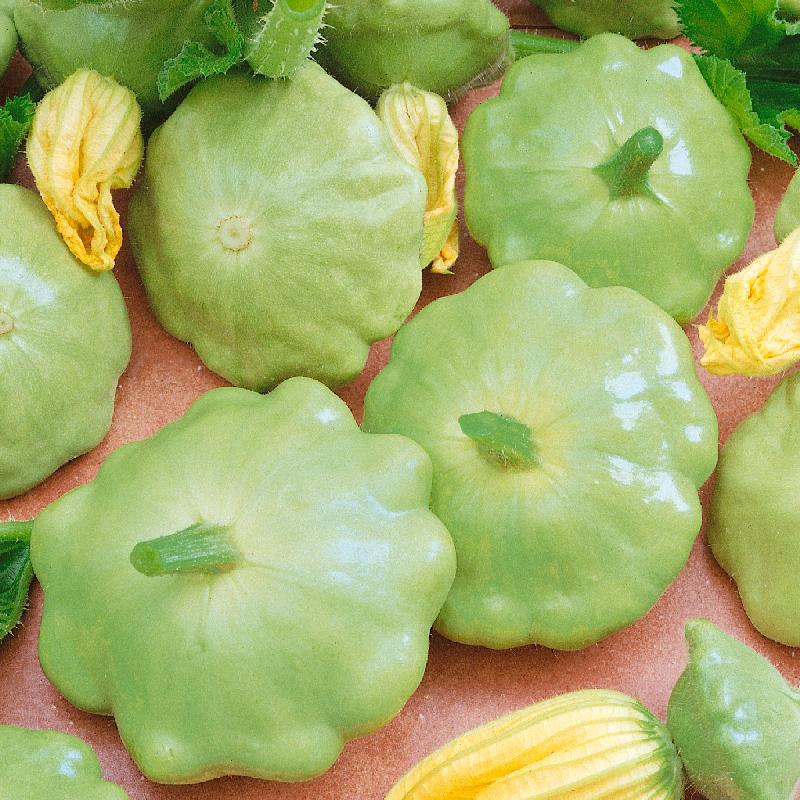Smoot's Farm
Seeds Squash Summer Bennings Green Tint Scallop Open Pollinated Heirloom 20 Seeds
Seeds Squash Summer Bennings Green Tint Scallop Open Pollinated Heirloom 20 Seeds
Couldn't load pickup availability
Squash Summer Bennings Green Tint Scallop Open Pollinated Heirloom Seeds
20 seeds per pack
Non-GMO - US grown - Open-pollinated - Untreated
Flat Rate Shipping However Many Packs of Seeds Ordered.
Also Free Shipping on seeds when combine with any item in our Store. If you shipping is not
Adjusted at check out a refund for the difference will be sent when we process the order.
We are a licensed plant and seed dealer located in Middle Georgia.
Please contact us with any questions or concerns.
Thank you for stopping by ~ Follow Smoot's Farms on other social media platforms!
_________________
This 4" pale green squash is also known as a Patty Pan and resembles a saucer with scalloped edges. It is very popular because it has good flavor and texture, with excellent yields, and keeps well into the winter. It takes about 50 days to reach full size.
Sowing: Gardeners with short growing seasons may want to start their squash seeds indoors a month before the last expected frost. Since squashes do not take well to transplanting, peat pots are the best option. Plant two seeds per pot, later clipping off the weaker seedling. Harden the seedlings by exposing them to the weather for several hours at a time during the week before transplanting. About a week after the last frost or when the soil temperature reaches an average of 65 degrees F, plant the seedlings in very rich soil 8-10' apart in rows 10-12' apart. Another option is to plant the seedlings in hills of two, 8-10' apart. To direct sow, plant Bennings Green Tint Scallop Summer squash seeds when the soil temperature reaches at least 70 degrees F. Plant Bennings Green Tint Scallop Summer squash seeds 1/2" deep, 3-4' apart and thin to 8-10' apart. For companion planting benefits, plant squashes along with corn but avoid planting them with potatoes.
Growing: Since squash seedlings do not tolerate frost, provide protective coverings if the temperature drops below 65 degrees F. Keep the soil moist at all times, but avoid getting the leaves wet as this can cause diseases such as rot or mildew. When the vines begin to develop, a layer of mulch will help conserve moisture and control weeds; mulch also will keep the squashes clean and protect them from too much soil contact.
Harvesting: These squashes generally taste best when harvested at a diameter of 2-3". The vines produce abundantly throughout the summer; the squashes keep well in the refrigerator for about two weeks and freeze well.
Share


